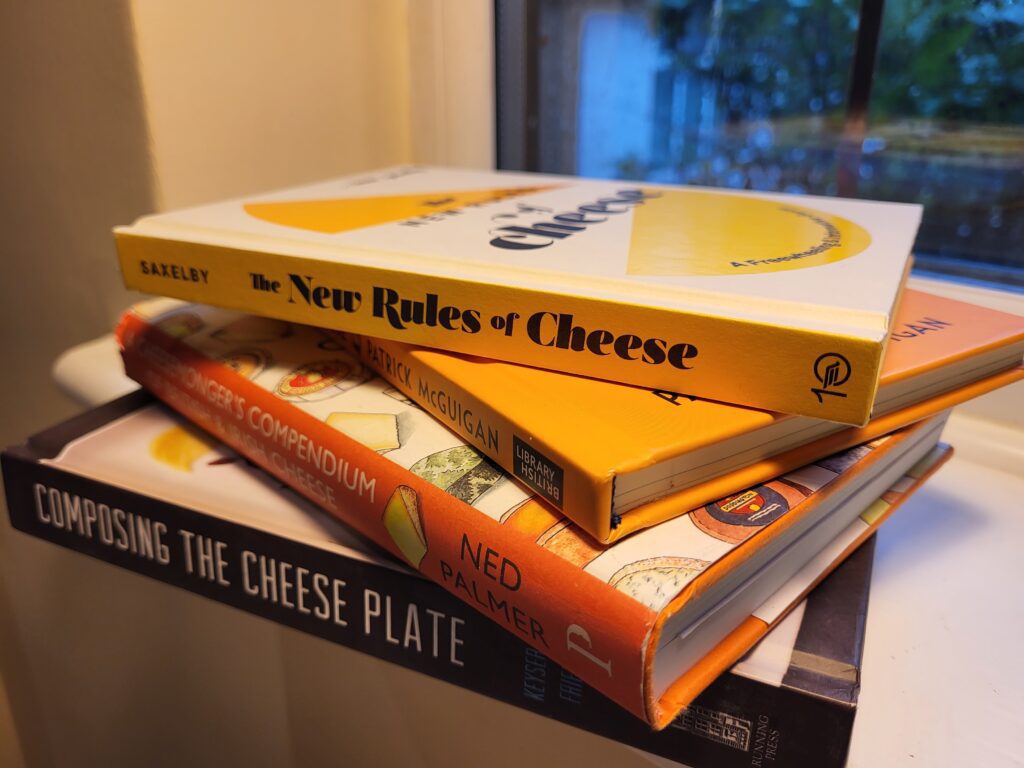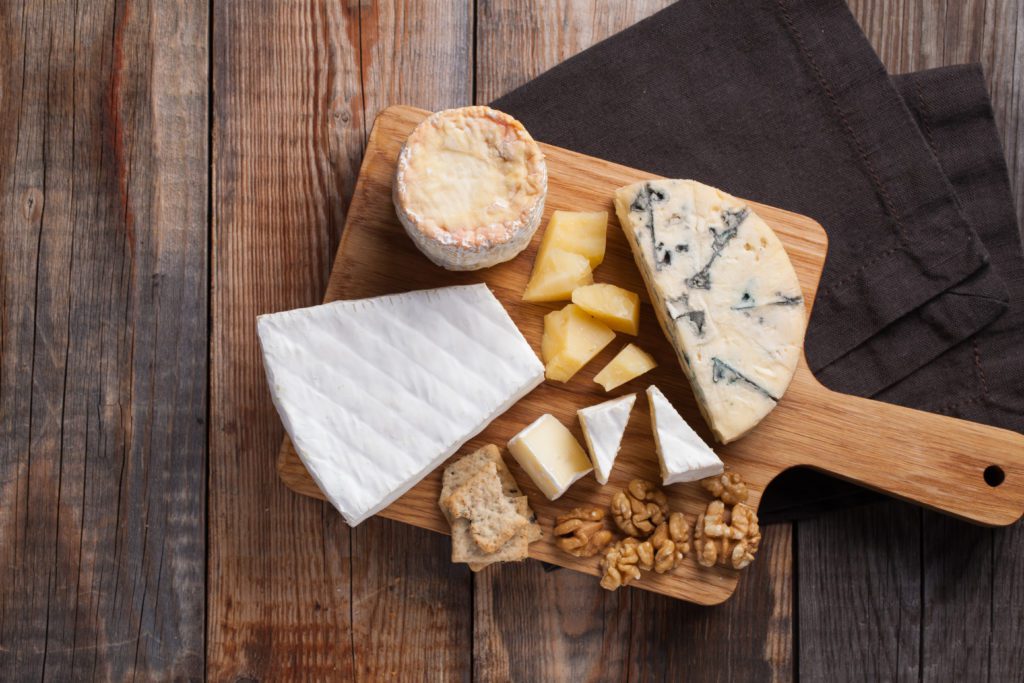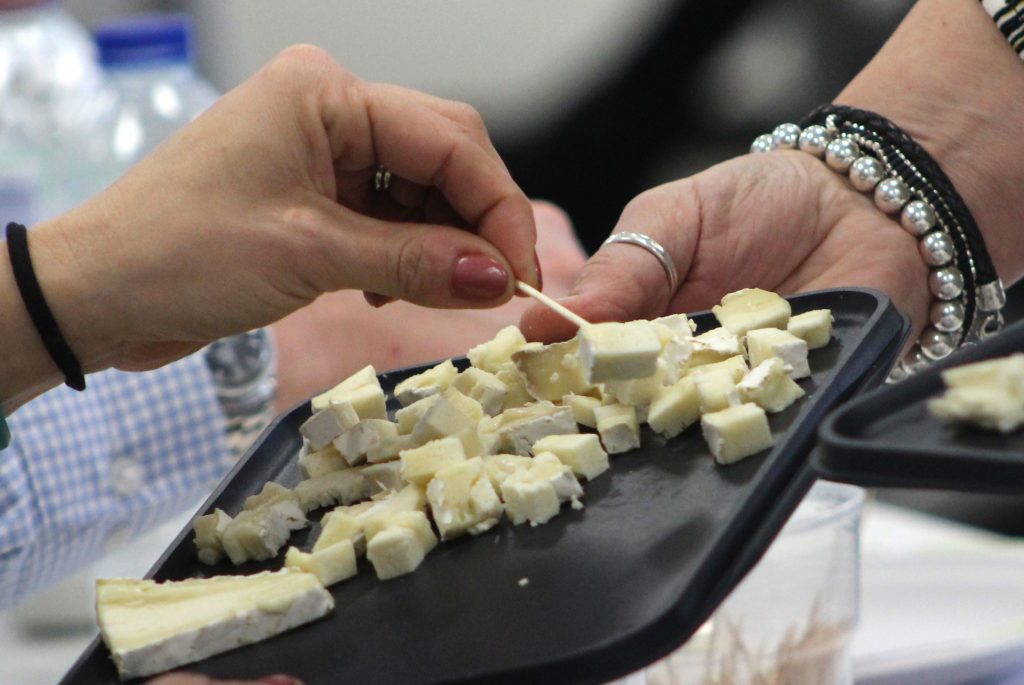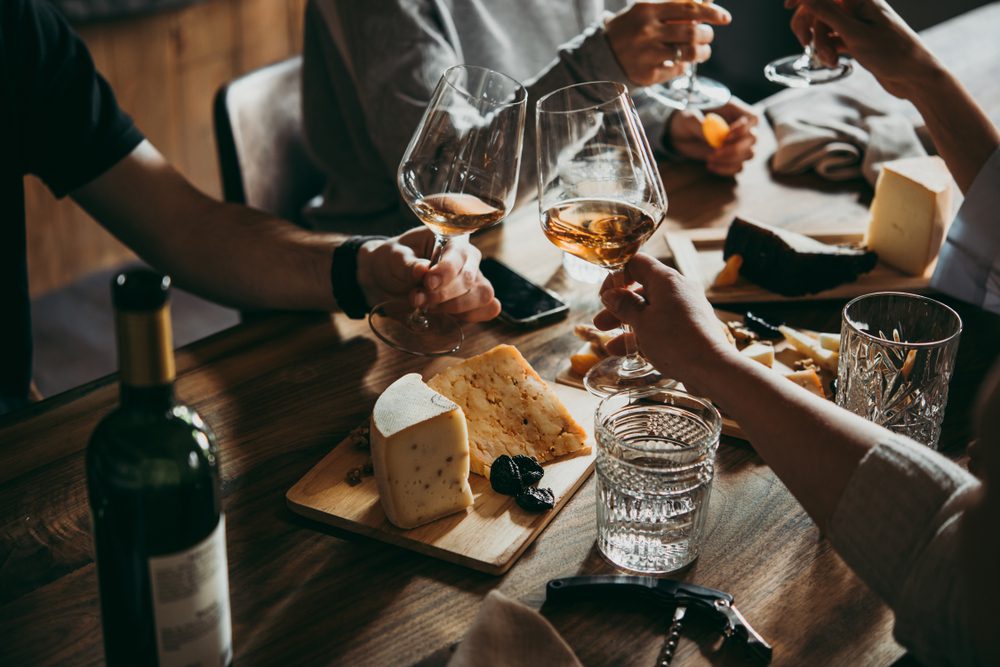OFFICIAL GUIDE
What is Cheese?
It might sound obvious, but to understand and identify the flavours of a cheese, you must first appreciate what cheese actually is. If you think it’s just a whole load of cows’ milk thrown into a vat and left to curdle for a few weeks, then read on. Yes, milk is the main ingredient, and yes, curdling is involved, but we’re missing so many other fascinating pieces of this culinary puzzle that give a finished cheese it’s taste and flavour profile. To understand a cheese and be able to explain its individual characteristics, it helps to know the story behind it.
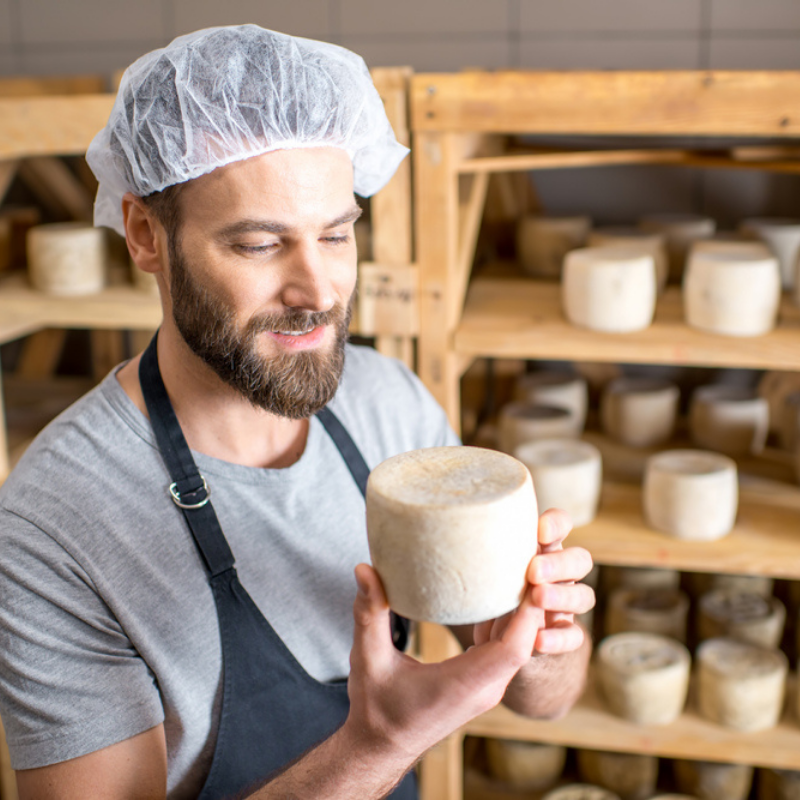
IN THIS GUIDE
First Principles of Cheese Tasting: What is Cheese?
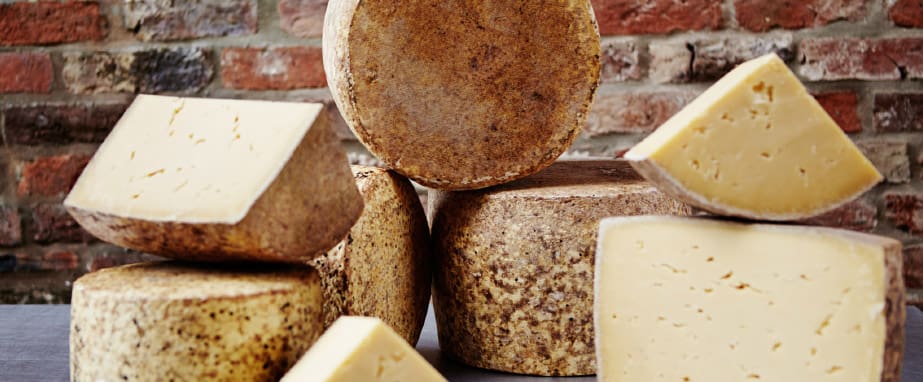
This article will give you the essentials of what the ingredients of a good cheese are, how cheese is made, and the different varieties on the market.
Chapter 1
What is Cheese?
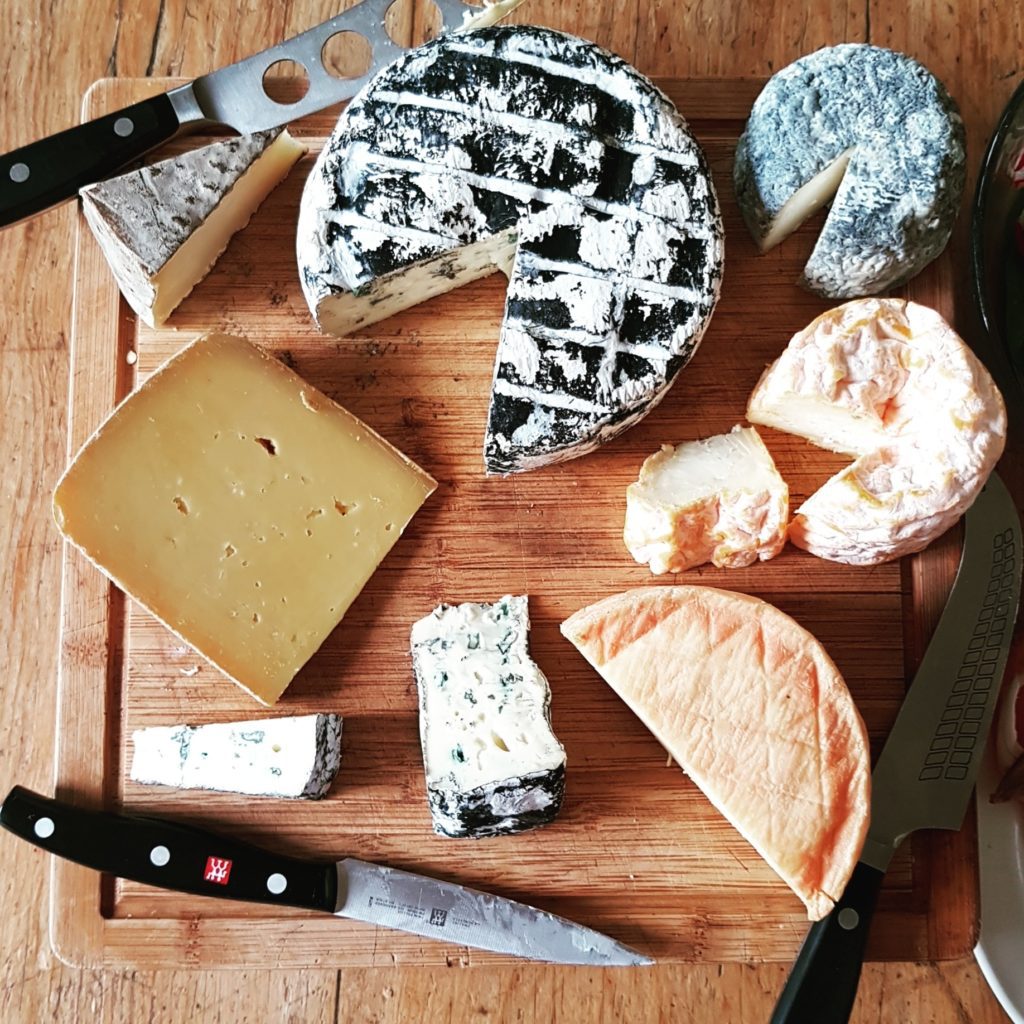
Cheese is a dairy product*, historically made in order to preserve milk, using some of the oldest techniques known to mankind. In fact, in a BBC report, “archaeologists identified a substance found inside an ancient Egyptian tomb as a 3,200-year-old cheese when a research team found a “solidified whitish mass” on a collection of jars in the tomb of Ptahmes, a high-ranking Egyptian official.” Hopefully this hasn’t put you off reading further!
Alongside milk, the only other ingredients needed to make cheese are starter cultures (link to below), rennet (link to below) and salt. Cheesemakers will tweak this basic recipe by adding other ingredients, such as herbs and spices, to make the cheeses we know and love.
*unless you’re vegan; so, for the sake of argument, we will only be talking about non-vegan cheeses in this article.
Chapter 2
Which animals milk do we get cheese from?

Cheesemaking begins with milk*, so technically, you could make cheese using the milk from any mammal. However, not all species are practical cheesemakers….have you ever considered milking a polar bear?! Typically, milk for cheese will come from cows, ewes, goats and buffalo. However, other milks that are occasionally used include Camel, Yak and Horse.
To Pasteurise or Not?
The cheesemaker will decide on whether to use pasteurised or non-pasteurised (raw) milk. Pasteurisation involves heating the milk to a certain temperature for a certain amount of time in order to kill off certain harmful bacteria.
Many artisanal cheeses are made using raw milk, often resulting in more complex flavours than those using pasteurised milk. With all the microflora and bacteria left in the milk, is it safe to eat? When it comes to cheese tasting, if you’ve got a raw milk cheese, it is likely to have come from a small-scale, artisanal cheesemaker who has greater control over the quality of their milk with smaller herds, sanitary milking processes and excellent dairy hygiene.
Chapter 3
How to make Cheese

You’ve got the milk, what next?
How is cheese actually made? Every cheesemaker has their own customised recipes passed down from generation to generation, and every cheese will follow a slightly different journey, but the basic rules of cheesemaking stay the same, and generally include:
Splitting the Curds and Whey
Splitting the milk into curds (solids) and whey (liquid) through coagulation of proteins (casein). Coagulation can occur naturally, or through the addition of starter cultures or rennet (either animal or vegetable-based). Starter cultures ferment the lactose in the milk and produce, amongst other things, lactic acid. In doing so they influence flavour and texture.

Cutting the curd
Generally speaking, the smaller the cut, the harder the cheese.
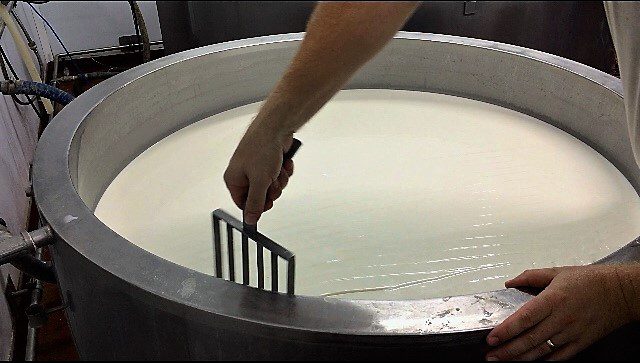
Draining off the whey
By removing excess water from the milk called whey, the fermentation process can begin.

Moulding cheese
This stage gives the cheese its final shape and may also include pressing, particularly with harder cheeses, like Cheddar.
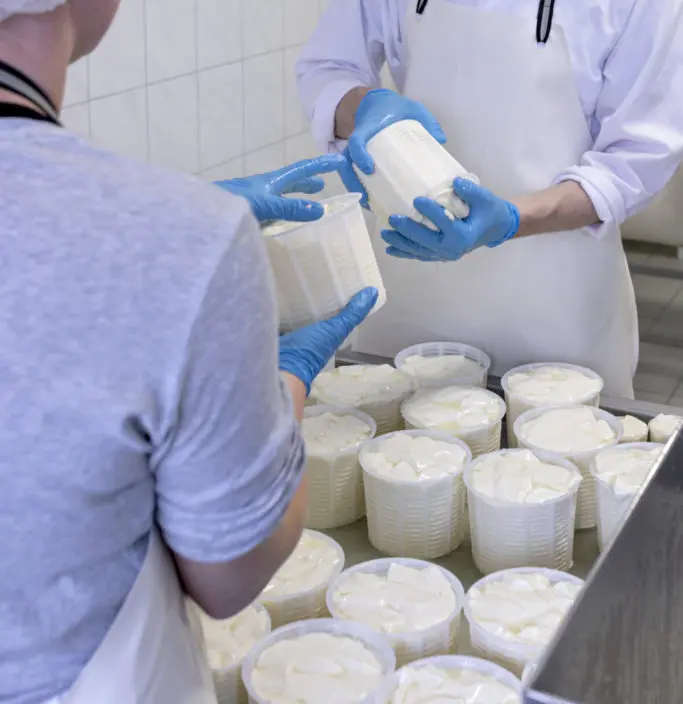
Brining cheeses
Not only giving cheese it’s essential flavour, salt also acts as a preservative. This can be added directly to the surface of the cheese; into the curds before moulding or by bathing the cheeses in a brine solution.

Maturing, ageing or cheese affinage
Taking anywhere between 2-3 days for fresh cheeses like ricotta and up to 2 years for a good Parmigiano Reggiano. Maturing happens in the appropriately entitled “Cheese Cave”: a man-made structure, or entirely natural, like an underground cave.

Cheese Affinage
Read more on affinage and see why this stage can turn a good cheese into a phenomenal one in terms of flavour, texture and personality.

Chapter 4
How many varieties of cheese are there?

Is like asking how many sheep in New Zealand! The number of shapes, textures, strengths and colours of cheese are endless. The Academy of Cheese has developed a unique system, entitled “Make and Post-Make” or MPM, for categorizing cheeses. The “Make” groups cheeses according to similarities in their form, relating to production, texture, water content and maturation period, as defined below:
Soft cheeses
Soft: High-moisture cheeses, which include fresh cheeses like mozzarella, and mould-ripened cheeses such as Vacherin (pictured) or Roquefort.
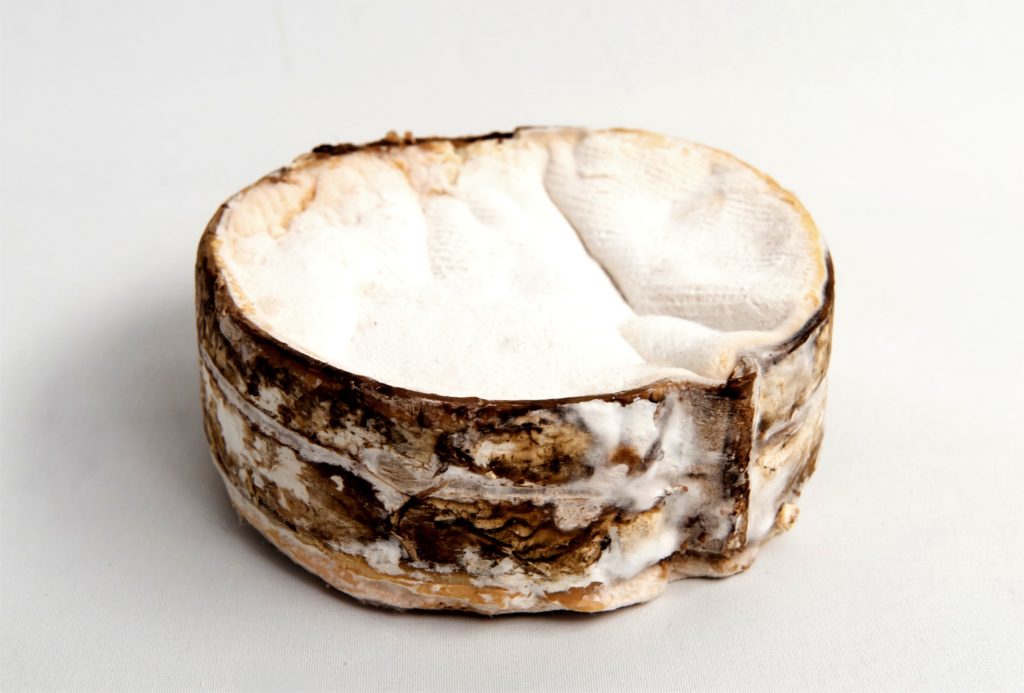
Crumbly cheeses
Crumbly: The structure of Crumbly cheeses will range from a soft crumbly texture for young cheeses such as Lancashire, to an uneven slightly soft cheddar texture for matured cheeses, like Blue Stilton (pictured) and Yorkshire Wensleydale.
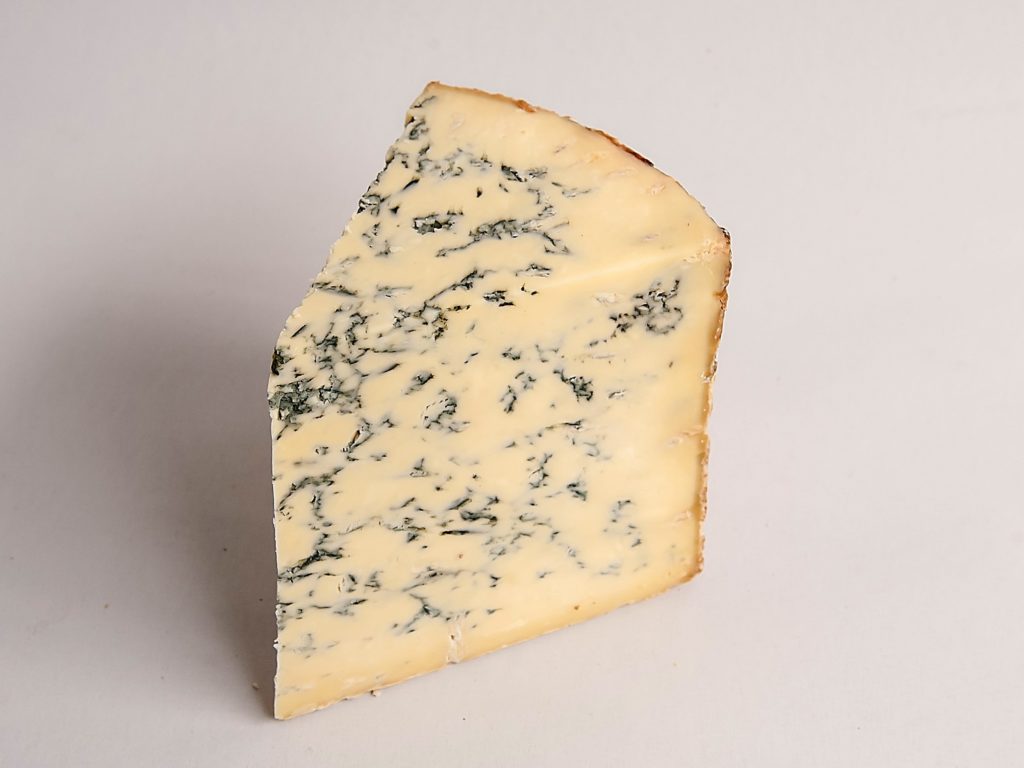
Hard cheeses
Hard: Hard and semi-hard cheeses are typically made by heating the curd to a specified temperature to remove moisture and include Cloth Bound Cheddar and Double Gloucester (pictured).

Hardcooked cheeses
Hardcooked: Similar to “Hard”, but with higher temperatures to drive off even more moisture, resulting in a very dense internal structure. Good examples include Gruyere and Parmesan
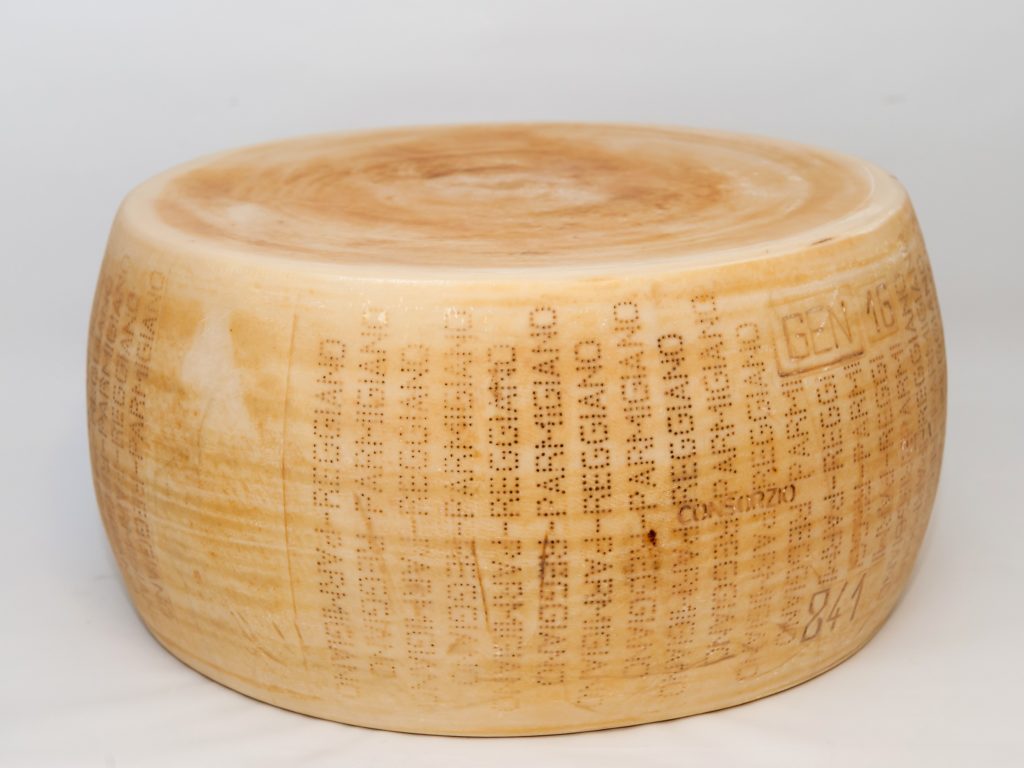
Types of cheeses
It doesn’t end there, however, because within each of these categories, there are further classifications (Post-Make) depending on how the cheese is treated after the curd has formed. But that’s for another day.
To learn about all the different MPM categories in the Academy’s Level 1, visit https://academyofcheese.org/study-cheese/.
This certification provides a hands-on introduction to the world of cheese. You’ll explore the main types and styles of cheese through sight, smell, and taste, while also gaining the skills to describe them (and much more).





